Caribou: The Great MigrationDan Snaith's music and career are always on the move. He seems to be on tour forever too.By James Tennant
We never would have forseen that Manitoba would become Caribou would become one of the world’s most critically-acclaimed electronic artists, and that his hometown of Dundas, Ontario would even get a nod as the lead-off track on his first album. Since then, a lot has happened to Hamilton’s electronic artists – Koushik and Junior Boys have upped the ante some, too – but Caribou has made the most changes to his sound, his stage set-up, and his tour schedule. “There was a year of doing no shows,” says Snaith via telephone from the highway to Austin. “Then this whole year the tour never really will end.” Snaith completed a degree in mathematics at the University of Toronto and eventually headed to London, England to complete a Ph.D. His math, however, is now mostly used for dividing per deums between band members and estimating tour distances. If a rented van left Houston travelling at 60 miles an hour, and there was only one Denny’s on the interstate… “You occasionally get a sense of déjà vu,” Snaith says of the near-constant touring. “You pull into San Diego to play the same venue for the third time, or you have your favourite place to eat in Baton Rouge, all these weird Snaith never really thought much about touring when he first made music – mostly because there was nothing to take on tour. His early material was more computer-based, sparser, and Snaith took a while to invent any kind of live performance for the material. Since his second album, Up In Flames, however, the globetrotting began - and it rarely stopped. Snaith’s sound began to incorporate more psychedelic breakdowns and big, tumbling drums, which was very suited to live performance (with two drummers, no less). With Andorra, the same sonic concepts have been distilled into pop-song formats. “That was very much conscious choice, to work on making real compositions, and to make it as concise and dense as possible,” says Snaith. “We took all the ideas and squeezed everything into a pop song. If there were twenty seconds that could be ten seconds but still convey the same idea, that was going to be ten seconds. I really liked that idea of trying to make every single second count, of always having there be some melody or musical content in each part of the song. Sometimes there were whole sections of songs where I said ‘You know, that’s good, but the song kind of loses that immediacy and momentum in that section. What happens if I just delete that whole part of the song?’ I ended up with songs where I removed that whole chunk.” As the music has edged its way towards more pop-like arrangements, so has the live show become more of a “rock show.” It only makes sense. Caribou’s music has long been filled with monumental crescendos and drum breakdowns, and Snaith grew up “I definitely always wanted to go more and more towards a rock set-up,” he says, noting that previous tours made up for less of a “rock show” element by providing music synched with video. “In the past we were kind of musicians playing with samples, and this time it feels more like a band triggering the occasional sample.” For now, there’s no end of the tour in sight; somewhere along the way, Caribou will perform with Ween, Sebadoh, Of Montreal and others at this summer’s mega-festival All Tomorrow’s Parties in the U.K. After that, Snaith expects to turn his attention back to writing new music. In the meanwhile, the Ph.D. hangs on the wall – but as with music, Snaith didn’t get into math with the intention of getting a gig. “I never ever really looked at anything from a ‘I’m going to need this’ point of view,” he says of his education. “I didn’t pursue a Ph.D. because I was going to need it for a job. I’ve always been really lucky enough that I’ve fallen into doing what I want to do. I haven’t done a stroke of mathematics since passing the final exam for the Ph.D. but mathematics, like music, will always be there in my life.” |
Reviews
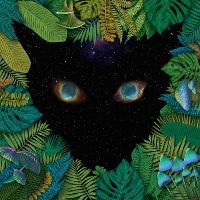
Mngwa
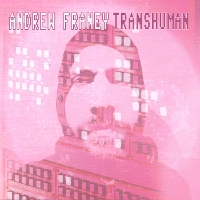
Andrew Franey
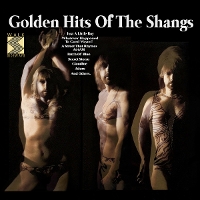
The Shangs
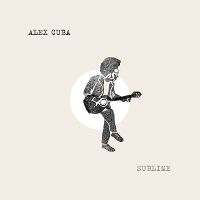
Alex Cuba

Tri Nguyen
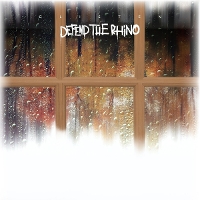
Defend The Rhino

Talltale
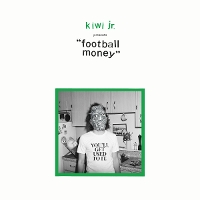
Kiwi Jr.

Plaster

Hyness
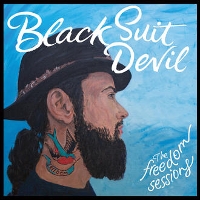
Black Suit Devil

Yamantaka // Sonic Titan
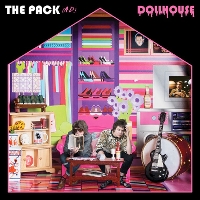
The Pack A.D.
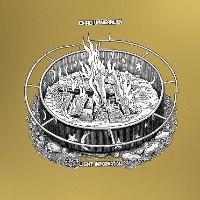
Chad VanGaalen
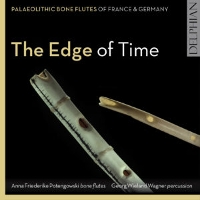
Potengowski Anna Friederike
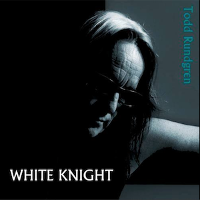
Todd Rundgren
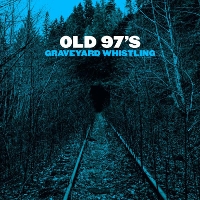
Old 97's
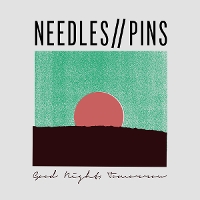
Needles//Pins


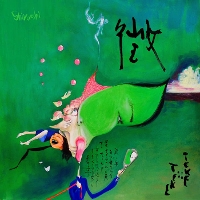
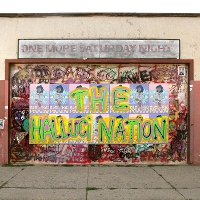
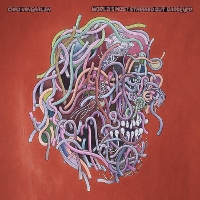
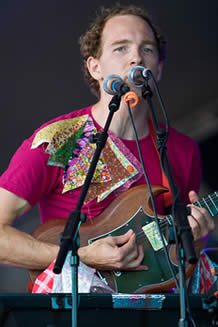
 That was very much conscious choice, to work on making real compositions, and to make it as concise and dense as possible
That was very much conscious choice, to work on making real compositions, and to make it as concise and dense as possible 

